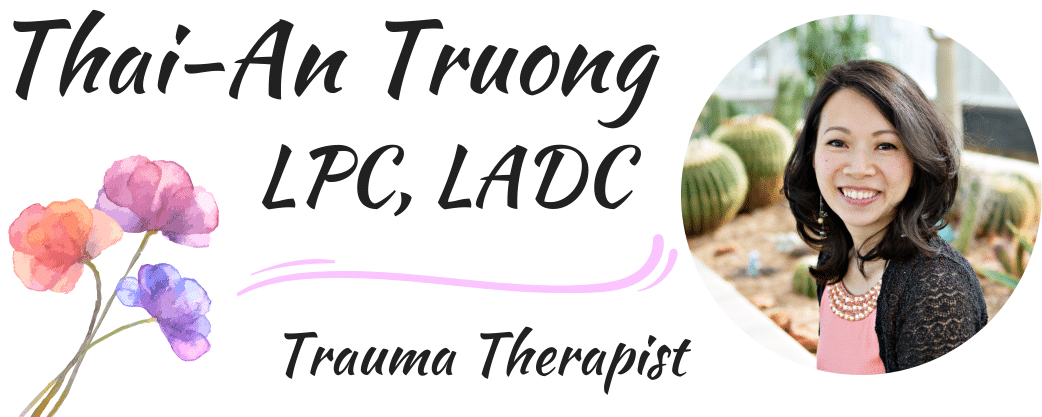Improve Your Mood in Postpartum Depression (Part 3) - The Cognitive Model
/
Use the cognitive treatment model to improve your mood. Thoughts are powerful and can completely control the way we feel. With cognitive therapy, the belief is that you can change your thoughts, which then will help you change the way you feel.
Here's how you can begin. Make sure you pick up a pen and paper. The power is in the writing!:
1) Think of a recent, specific moment in time when you felt really down and depressed.
2) Rate how depressed you felt from 0-100, with 100 being the worst.
3) Identify the thoughts running through your mind at that time. Ask yourself, what were the thoughts driving my feelings of sadness, hopelessness, depression, etc. (e.g., I'm not making any progress in life, I'm a terrible mother, I'll never get better)
4) Rate how true you believe each of the thoughts are now from 0-100, with 100 being completely true. Engage in the following methods to help you shift your thinking at a gut level. Re-rate how true you still believe each thought after each method. Re-rate your depression after each method:
🔸 Positive reframing - identify what depression is trying to do for you that's positive - e.g., it's trying to let my loved ones know I'm exhausted and need help; it's giving me a voice about how I can't do this alone, it's saying I need a break right now and need to do something different to take care of myself, it shows I care about a better connection with my baby/loved ones, etc. With these benefits, write how much you'd like to turn down your depression so you can keep the benefits and shed the cost (e.g., depression is at 90%, I'd like to turn it down to 5%).
🔸Examine the evidence - write down the evidence for and against each negative thought. E.g., what's the evidence you are a terrible mother, what's the evidence against that? Which evidence seems to weigh more?
🔸 Reattribution - if the negative thought is that your spouse doesn't care about you, write down 6 other reasons why they may be reacting in the current way, and rate how true those other options could be (e.g., he doesn't know how to deal with emotions 90%, he's scared 100%, he doesn't know what to say 85%).
🔸 Let's define terms - ask yourself how you would define a label you're giving yourself (e.g., a terrible mom is someone who doesn't enjoy mothering her kids). Then ask yourself if that is sometimes or all the time. If sometimes, then maybe we're all terrible mothers. If all the time, then maybe no one is a terrible mother, including yourself. You'll see that labels lose their meaning.
🔸 Be specific - instead of a general label of "terrible" or "failure," write out what it is specifically that you're falling short on and how you can specifically take steps to improve those parts of your life.
🔸 Time projection - write a letter from your recovered self to your current self and what you'd like your current self to know at this time.
🔸 Double-Standard - write to a friend who's going through the exact thing you're going through who has the same current thoughts. What would you say to them to challenge their negative thoughts?
🔸 Acceptance Paradox - Re-write your negative statements with acceptance that brings you more peace and joy. (e.g., if the thought is "I'm defective," an acceptance statement would be, "Yes, I am. I have tons of flaws and imperfections, but that's actually what people like about me. It makes me relatable." "Yes, I don't get mother of the year award, but who wants to connect with a mom who is perfect anyway. Those perfect Instagram moms aren't relatable and exists only in fairytales. I have a lot to learn, and that's the best part about me."
🔸 Identify the Distortions - Read the list of 10 most common thought patterns/thought distortions in depression and anxiety, and identify them in your own negative thoughts. Write out why your depressed thought may be distorted. Get the list by entering your email below!

